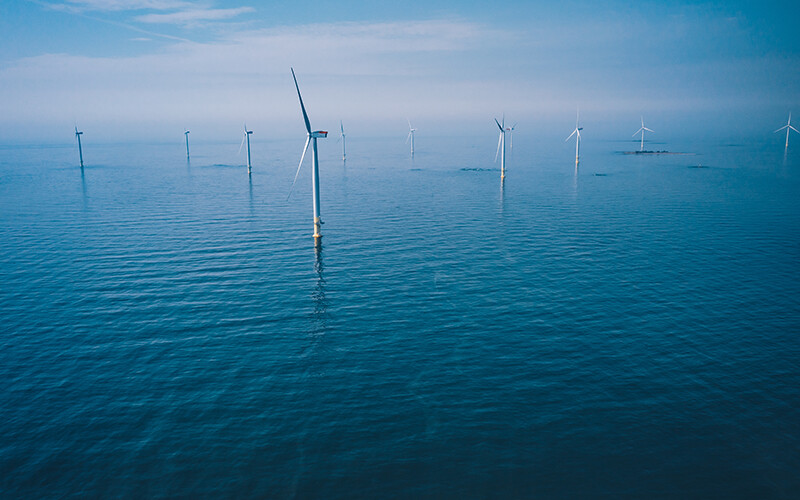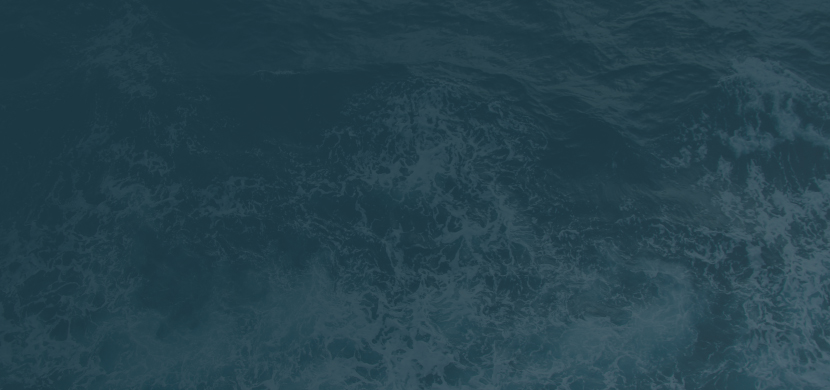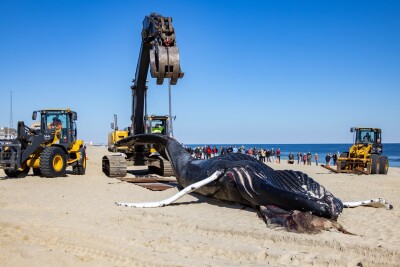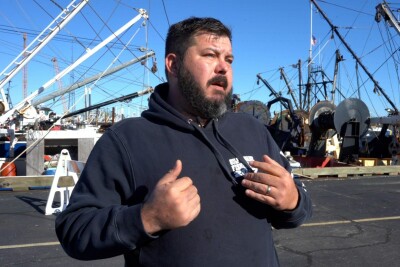May 18, 2023
Gulf of Maine offshore wind developers open for public comment

Aerial view of offshore wind turbines in the UK. Photo freepik/daraz.

You've caught the limit!
Free membership gives you access to:
- Unrestricted access to all NationalFisherman.com articles.
- Receive in-depth reports and research on various topics related to the fishing industry.
- Up-to-date news updates from the fishing industry delivered directly to your inbox twice a week.






